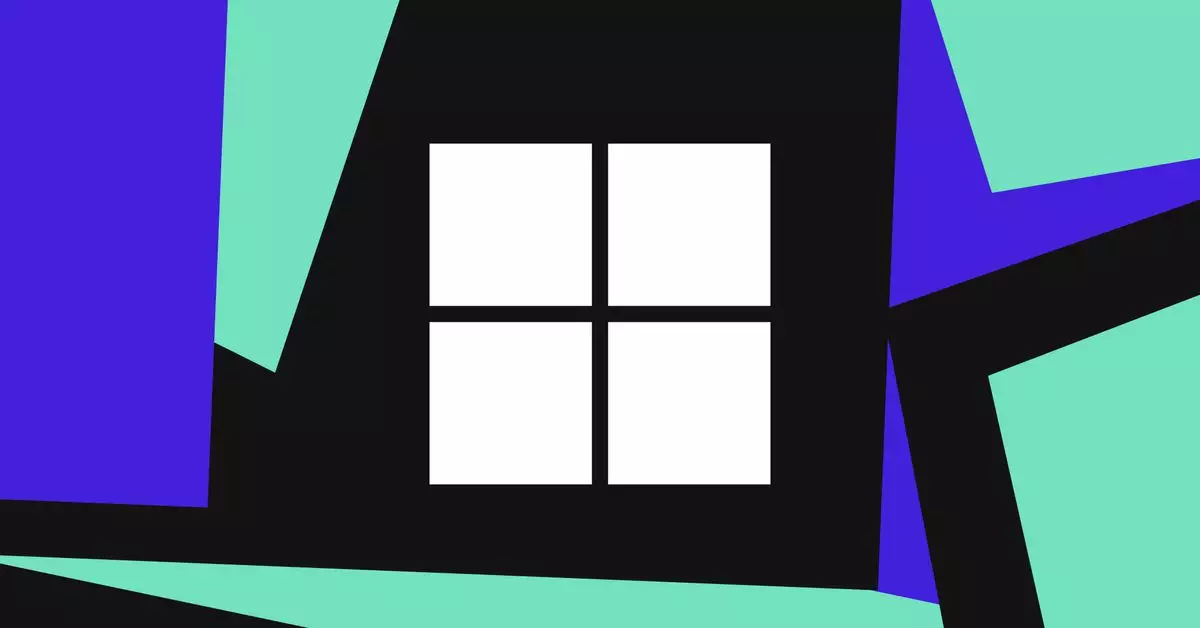Microsoft, a stalwart in the tech industry, has recently issued a critical warning to its users regarding a potentially damaging bug affecting homemade Windows 11 installation media. This concern is particularly pertinent for IT professionals, educators, and avid enthusiasts who rely on custom installations to set up new systems or develop bespoke computing environments. The underlying issue arises from the fact that media created with specific updates from October and November 2024 might result in systems that are cut off from future security updates—a risk that can undermine the operational security of devices in business or educational settings.
The heart of the problem lies within the specifics of how Windows 11’s version 24H2 has been integrated into installers. If a user were to create an installation medium utilizing updates from October 8 to November 12, 2024, they might inadvertently subject their new PC installations to an obstructed update pathway. This results in security vulnerabilities that remain unaddressed, leaving devices lest exposed to potential threats. This warning serves as a stark reminder of the consequences that can ensue from tampering with installation media, reiterating the importance of following recommended practices when preparing deployment media.
To mitigate this risk, users are advised to rebuild their installation media utilizing December 2024 security updates, which were released on December 10. Only then can they ensure that new PCs integrate essential security safeguards from the onset. Those keen on avoiding this conundrum shouldn’t overlook Microsoft’s recommendation that any installation medium for Windows 11 version 24H2 must encompass December’s security updates upfront. This proactive approach can save users significant headaches down the road.
Additional Flaws in Windows 11 24H2
It’s worth noting that the installation media issue isn’t the sole concern linked to Windows 11 version 24H2. Reports emerged about other practical issues, such as malfunctioning audio devices and difficulties launching Outlook when synchronizing with outdated Google Workspace Sync. These prevailing problems signal a broader trend of compatibility challenges that users may encounter, adding to the list of obstacles faced by users navigating this latest version.
As Microsoft works diligently to find a permanent resolution to these problems, users must remain vigilant about maintaining their systems. Updating system media correctly is critical to circumventing these vulnerabilities, which can jeopardize data integrity and device functionality. The situation reflects not only on Microsoft’s ongoing battle with software robustness but also on the need for user awareness in a rapidly evolving digital landscape. Consequently, paying heed to such alerts is imperative for anyone wanting to leverage Microsoft’s latest offerings while ensuring maximum security and performance in their computing endeavors.

